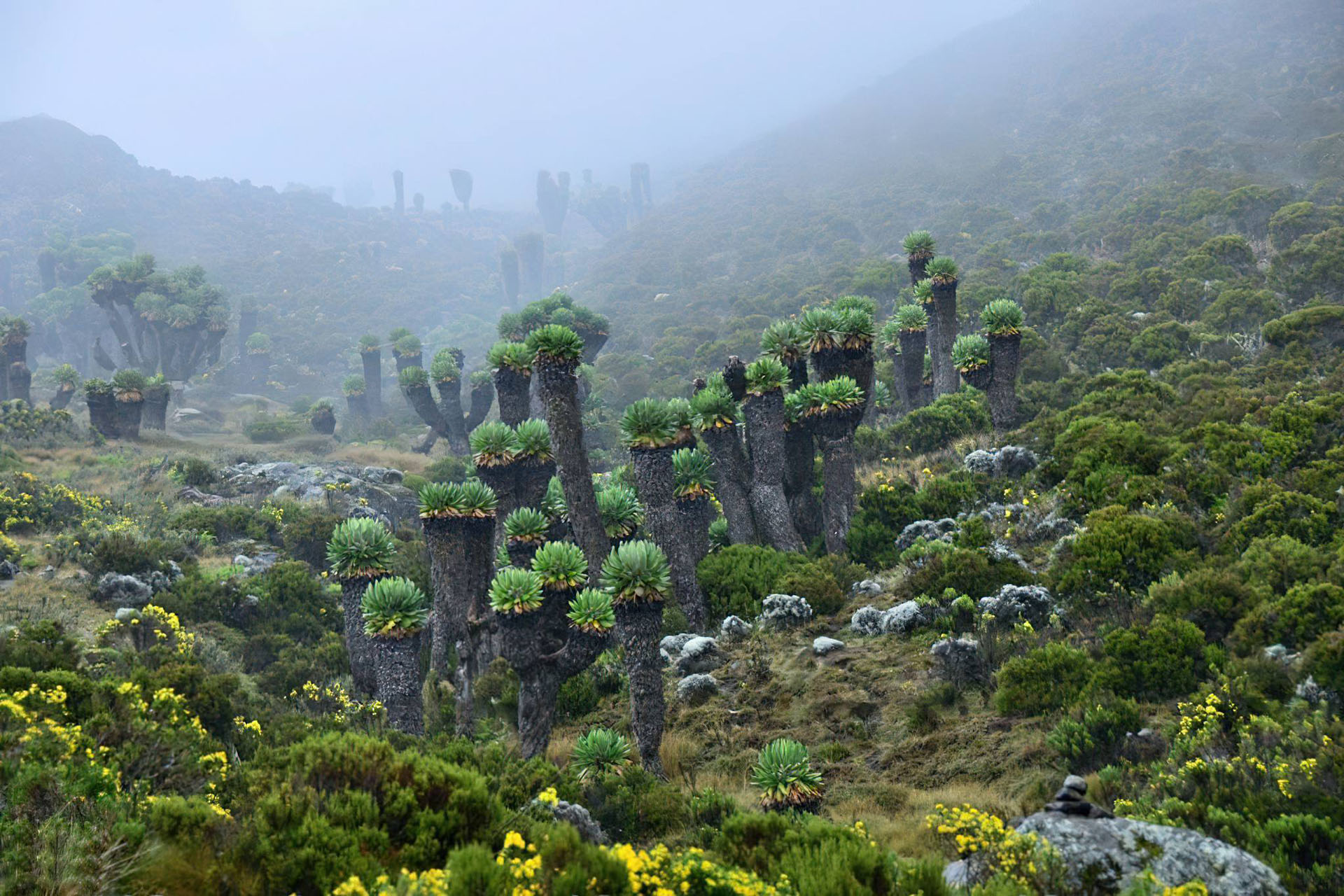Kilimanjaro National Park
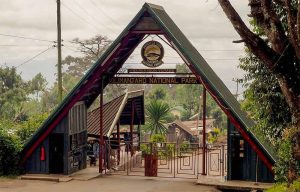 Kilimanjaro, the highest mountain in Africa, is located between latitude 2º50” and 3°10” E, about 330km South of the Equator, Northern Tanzania. Its size is 1688 square Kilometres and comprises of two dormant (Kibo 5,895m a.m.s.l and Mawenzi 5,149m a.m.s.l) and one extinct (Shira 3,962m a.m.s.l) volcanoes respectively. It is the World’s highest free standing mountains that rise on the undulating surrounding plain that averages around 1000m above sea level. It was declared as a National Park in 1973, officially opened for tourism in 1977, declared a World Heritage Site by UNESCO in 1987 and Natural Wonder of Africa in 2013. The Park Headquarters is at Marangu, about 44 Km from Moshi town and 86km from Kilimanjaro International Airport.
Kilimanjaro, the highest mountain in Africa, is located between latitude 2º50” and 3°10” E, about 330km South of the Equator, Northern Tanzania. Its size is 1688 square Kilometres and comprises of two dormant (Kibo 5,895m a.m.s.l and Mawenzi 5,149m a.m.s.l) and one extinct (Shira 3,962m a.m.s.l) volcanoes respectively. It is the World’s highest free standing mountains that rise on the undulating surrounding plain that averages around 1000m above sea level. It was declared as a National Park in 1973, officially opened for tourism in 1977, declared a World Heritage Site by UNESCO in 1987 and Natural Wonder of Africa in 2013. The Park Headquarters is at Marangu, about 44 Km from Moshi town and 86km from Kilimanjaro International Airport.
Climate
The climate is mainly influenced by the prevailing trade winds. There are two rainy seasons in a year. The wet season is from March to May during which it rains around the mountain base and snow accumulates on its peak. The dry season is from late June through September during which the nights are cool and the days completely clear.
During the short rainy period of October – December there is rain during the day whereas the nights and mornings remain clear with excellent visibility. January and February are usually dry, warm and clear with brief rain showers that provides for good climbing conditions.
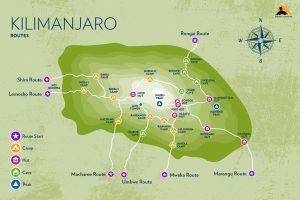 How to Get There
How to Get There
The distance from Arusha City to Moshi Town is 123Km and it takes two-hour (2hrs), reaching to Marangu (Park Headquarter) from Moshi Town is 48 km and takes an hour (1Hour) drive. It is about 86Km from Kilimanjaro International Airport (KIA) to Park Headquarter (Marangu) by road and it take one and half hour (1Hr30Min). The park can only be reached by road.
Why Visit Kilimanjaro National Park?
1. Climbing the Roof of Africa
The biggest attraction of Kilimanjaro National Park is the opportunity to summit Mount Kilimanjaro (5,895m/19,341ft). Unlike many other high-altitude mountains, Kilimanjaro is a non-technical climb, meaning you don’t need specialized climbing equipment or experience in mountaineering. This makes it accessible to a wide range of hikers and trekkers from around the world.
2. Unique Ecosystems & Changing Landscapes
One of the most fascinating aspects of Kilimanjaro is its diverse ecological zones, which change as you ascend:
- Cultivated Farmlands – Surrounding the base of the mountain, these areas are home to the local Chagga people, who grow coffee and bananas.
- Montane Rainforest (1,800m – 3,000m) – A lush, tropical forest teeming with wildlife such as colobus monkeys, blue monkeys, and exotic birds.
- Heather & Moorland Zone (3,000m – 4,000m) – An open, grassy landscape with unique giant lobelias and groundsel plants.
- Alpine Desert (4,000m – 5,000m) – A harsh, rocky environment with extreme temperature variations.
- Arctic Summit (Above 5,000m) – A world of glaciers and ice fields, offering breathtaking views from the top of Africa.
3. Rich Wildlife & Birdwatching
While Kilimanjaro is primarily known for trekking, the lower slopes and rainforests are home to diverse wildlife, including elephants, buffalos, leopards, and antelopes. Bird lovers will also find a variety of species, including the Hartlaub’s turaco, silvery-cheeked hornbill, and African fish eagle.
4. Cultural Experiences with the Chagga People
The Chagga people, who live in the foothills of Kilimanjaro, have a rich history and culture. Many trekkers explore local villages, coffee farms, and historical caves, learning about traditional farming and storytelling.
5. A Bucket-List Achievement
Reaching Uhuru Peak, the highest point on Mount Kilimanjaro, is a life-changing experience. The sense of achievement, combined with the stunning sunrise over the African plains, makes it one of the most rewarding adventures in the world.
Best Time to Visit Kilimanjaro National Park
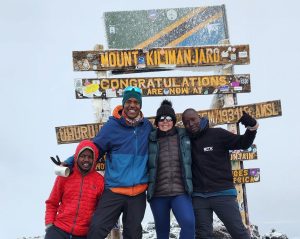 Kilimanjaro can be climbed year-round, but the best trekking conditions are during the dry seasons:
Kilimanjaro can be climbed year-round, but the best trekking conditions are during the dry seasons:
Best Climbing Seasons:
- January – March: Less crowded, cooler temperatures, and occasional snow at the summit.
- June – October: Peak trekking season with clear skies and dry trails, but busier on the mountain.
Wet Seasons:
- April – May: Heavy rains make trails muddy and slippery, but fewer climbers mean more solitude.
- November – December: Short rainy season, with occasional afternoon showers but still climbable.
For the best experience, plan your climb during the dry months when weather conditions are more favorable.
Things to Do in Kilimanjaro National Park
1. Trekking to the Summit
Climbing Kilimanjaro is the main attraction, and there are several routes to reach Uhuru Peak:
- Marangu Route (“Coca-Cola Route”) – The only route with hut accommodations, considered easier but with lower success rates.
- Machame Route (“Whiskey Route”) – The most popular and scenic route with excellent acclimatization.
- Lemosho & Shira Routes – Longer, more gradual routes offering stunning landscapes and high success rates.
- Rongai Route – The only route approaching from the north, known for being drier and less crowded.
- Northern Circuit Route – The longest route, offering the best acclimatization and highest success rate.
Most treks take 5 to 9 days, with longer routes increasing the chances of successful summit attempts due to better acclimatization.
2. Day Hikes & Short Treks
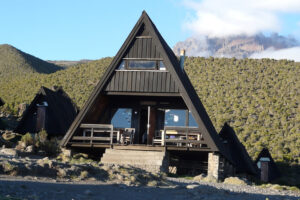 For those not looking to summit, Kilimanjaro National Park offers shorter hiking experiences, including:
For those not looking to summit, Kilimanjaro National Park offers shorter hiking experiences, including:
- Mandara Hut Hike (1 Day) – A trek through the rainforest to the first camp on the Marangu Route.
- Shira Plateau Hike (1–2 Days) – A scenic trek across one of Kilimanjaro’s high-altitude plateaus.
- Materuni Waterfalls & Coffee Tour – A cultural and nature experience at the base of Kilimanjaro.
3. Wildlife & Birdwatching
The park’s lower slopes and forests are great for spotting wildlife, including:
- Blue monkeys & colobus monkeys
- Elephants & buffalos (rare sightings)
- Over 150 bird species, including the scarlet-tufted malachite sunbird and African crowned eagle
4. Camping & Photography
MaThe high-altitude landscapes, glaciers, and breathtaking views make Kilimanjaro a photographer’s paradise. Sunset and sunrise from the summit or base camps offer some of the most stunning views in Africa.
5. Cultural Visits
Visitors can explore Chagga villages, coffee farms, and historical sites to learn about the tribe’s traditions, farming techniques, and folklore.
What to Expect on a Kilimanjaro Climb
- Altitude & Acclimatization: Kilimanjaro is a high-altitude trek, and proper acclimatization is key to avoiding altitude sickness.
- Trekking Difficulty: While it’s a non-technical climb, reaching the summit requires endurance and mental determination.
- Weather Conditions: Temperatures vary from hot and humid at the base to freezing cold at the summit.
- Support Team: Climbers are assisted by experienced guides, porters, and cooks, making the journey more manageable.
Plan Your Kilimanjaro Adventure with Operation Kilimanjaro
Kilimanjaro National Park is a must-visit destination for adventure seekers, nature lovers, and cultural explorers. Whether you aim to conquer Uhuru Peak or explore the lower slopes, the park offers an experience like no other.
At Operation Kilimanjaro, we specialize in tailored trekking experiences, ensuring safe, enjoyable, and successful climbs. Our expert guides, well-planned itineraries, and commitment to safety make your journey up Africa’s highest mountain an unforgettable adventure.
Book your Kilimanjaro climb today and take on the challenge of a lifetime!

